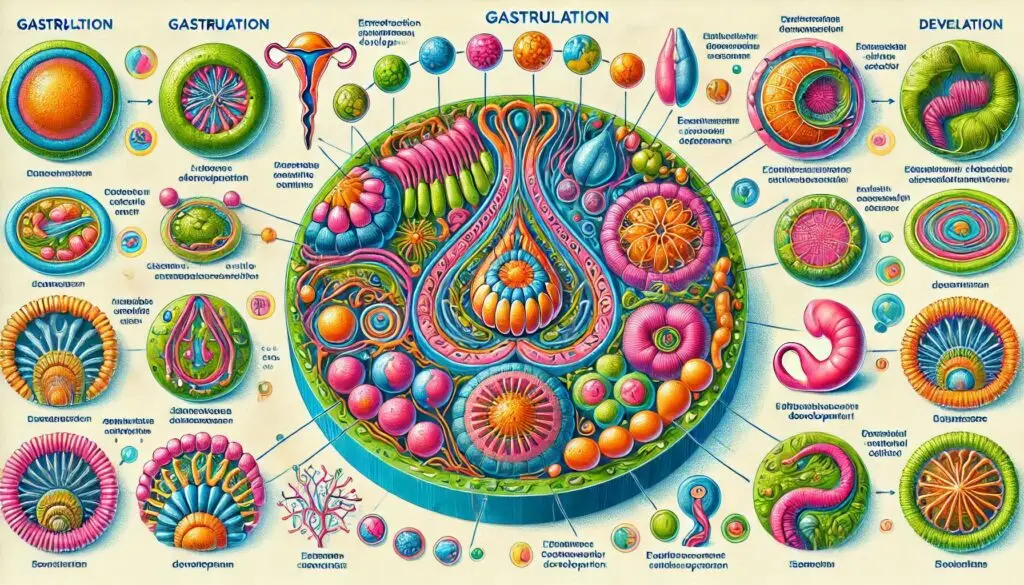Fetal Membranes: Structure, Function, and Importance

Introduction
Fetal membranes play a crucial role in the development and protection of the fetus during pregnancy. They are often overlooked, yet they are essential for maintaining a healthy gestational environment. This article delves into the structure, function, and significance of fetal membranes, highlighting their importance in prenatal care and labor.
What Are Fetal Membranes?
Fetal membranes consist of four layers: the amnion, chorion, allantois, and yolk sac. Among these, the amnion and chorion are the most significant. They form the amniotic sac, which surrounds and protects the developing fetus. The membranes develop from the trophoblast layer of the blastocyst during early pregnancy.
Structure of Fetal Membranes
Amnion
The amnion is the innermost membrane. It is thin and flexible, filled with amniotic fluid. This fluid cushions the fetus, allowing for movement and development. The amnion also helps maintain a stable temperature and provides a protective barrier against infections.
Chorion
The chorion is the outer membrane that forms the feto-maternal interface. It is thicker than the amnion and plays a vital role in nutrient exchange and waste removal. The chorion is also involved in hormone production, which is crucial for maintaining pregnancy.
Allantois and Yolk Sac
The allantois and yolk sac have specific roles during early development. The allantois is involved in gas exchange and waste storage, while the yolk sac provides nutrients before the placenta is fully formed.
Functions of Fetal Membranes
Fetal membranes serve several essential functions throughout pregnancy:
- Protection: They provide a protective environment for the fetus, shielding it from physical trauma and infections.
- Nutrient Exchange: The chorion facilitates the transfer of nutrients and oxygen from the mother to the fetus while removing waste products.
- Hormonal Regulation: Fetal membranes produce hormones that regulate pregnancy, including progesterone and human chorionic gonadotropin (hCG).
- Barrier Function: They act as a barrier, preventing harmful substances from reaching the fetus while allowing necessary nutrients to pass through.
- Fluid Regulation: The amnion regulates the volume of amniotic fluid, which is vital for fetal movement and lung development.
The Role of Fetal Membranes in Labor
As pregnancy progresses, fetal membranes undergo significant changes. Near term, they become thinner and more fragile. This process is essential for the initiation of labor. The weakening of the membranes creates a “weak zone” over the cervix, leading to rupture during labor.
Signaling Mechanisms
Fetal membranes release various signaling molecules that trigger labor. Prostaglandins, for example, play a crucial role in cervical dilation and uterine contractions. These signals ensure that labor occurs at the appropriate time, reducing the risk of complications.
Preterm Rupture of Membranes
Preterm rupture of membranes (PROM) is a significant concern in obstetrics. It can lead to complications such as infection and preterm birth. Understanding the structure and function of fetal membranes can help healthcare providers manage and mitigate these risks effectively.
Causes of PROM
Several factors can contribute to PROM, including:
- Infections
- Multiple pregnancies
- Previous preterm births
- Maternal smoking or drug use
Management Strategies
Management of PROM may involve monitoring, bed rest, and sometimes early delivery, depending on the gestational age and maternal and fetal health.
Conclusion
Fetal membranes are vital for the health and development of the fetus. Their protective, regulatory, and signaling functions are crucial throughout pregnancy and labor. Understanding these membranes can enhance prenatal care and improve outcomes for mothers and babies.
For more pearls of Vets Wisdom:
https://wiseias.com/partitioning-of-food-energy-within-animals/






Responses